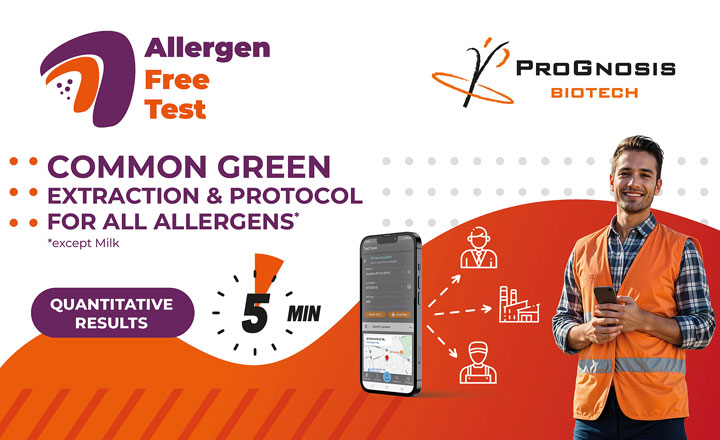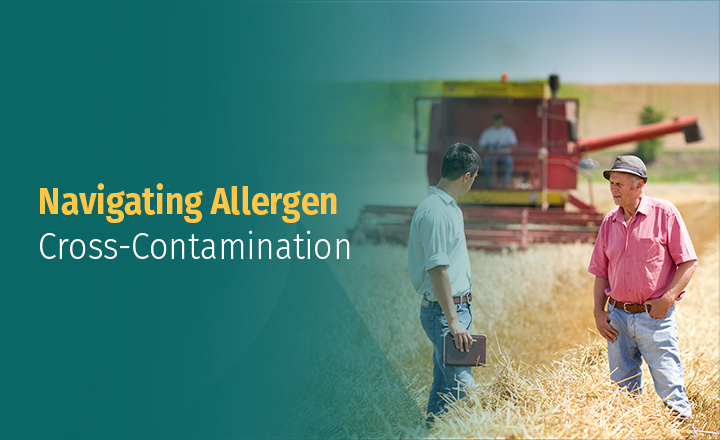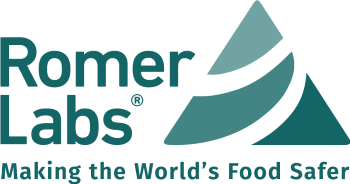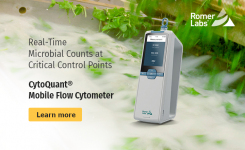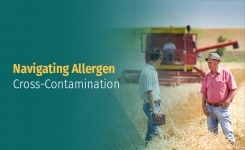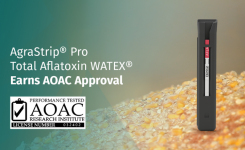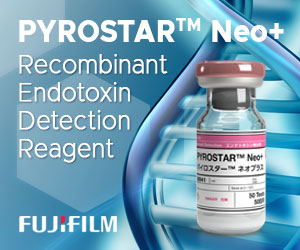Romer Labs, a leading provider of diagnostic solutions for the agricultural, food and feed industries, is once again expanding its solutions for food allergen detection with the launch of the AgraQuant® Mollusk ELISA test kit. With an LOD of 1.7 ppb mollusk tropomyosin, the new ELISA kit leads the market in sensitivity and can be used to test for traces of the allergen in foodstuffs, drinks, rinse waters and samples taken from surface swabs. The AgraQuant® line of test kits remains the largest commercially available line of quantitative ELISA solutions in food allergens.
One of the largest groups of invertebrates, mollusks, along with crustaceans, make up the food group colloquially known as “shellfish”. Tropomyocin is the most prominent major allergen in mollusks and is highly resistant to heat and other production processes, making the testing for mollusk traces necessary to protect allergic consumers. Mollusks or mollusk-derived ingredients are used in a variety of products such as baked goods, confectionery, sauces, and seafood other than mollusks.
The AgraQuant® Mollusk test kit is an enzyme-linked immunosorbent assay (ELISA) and is extremely sensitive. It is also easy-to-use and shares virtually the same extraction procedure with all other allergen AgraQuant® kits.
Eva Wanzenböck, Managing Director, Romer Labs: “Accurately labeling food for allergenic content or producing allergen-free food are just two of the most formidable challenges that today’s food producers face. Reliable, fast and quantitative diagnostic solutions are essential not only in helping them to do their job but also in protecting millions of allergic consumers worldwide. With shellfish allergy estimated to affect up to 2.5% of the world’s population, AgraQuant® Mollusk has an important role to play in informing consumers and keeping them safe.”
Learn more about Romer Labs food allergen testing solutions







